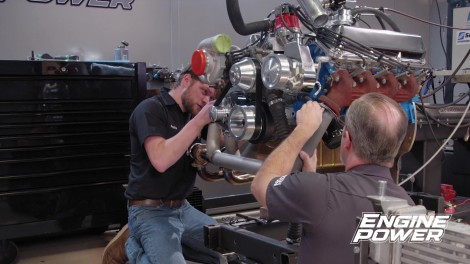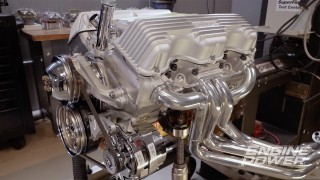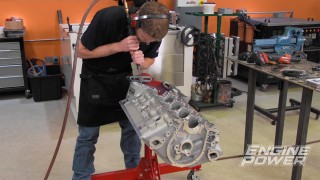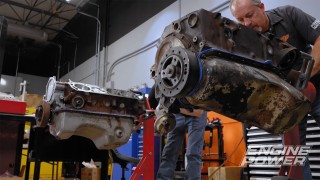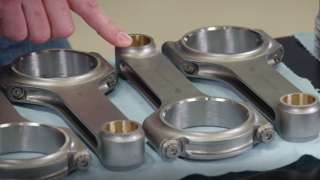Engine Power Featured Projects
Engine Power Builds
Want more content like this?
Join the PowerNation Email NewsletterParts Used In This Episode
ARP
ARP Bolts
Comp Cams
COMP Cams Retro-Fit Hydraulic Roller Lifter Set
Comp Cams
COMP Cams Xtreme Energy Hydraulic Roller Camshaft
CVF Racing
CVF Ford 460 Serpentine System
CWT Industries
CWT Multi-Bal 5500
Edelbrock
Edelbrock Performer RPM Air-Gap Intake Manifold
Holley
Sniper EFI X-Flow
